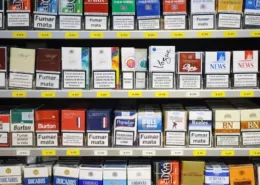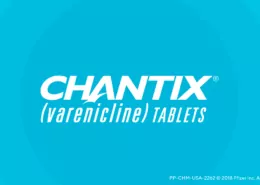Chinese Vape Tariff Hits 79% as U.S.-China Trade War Escalates
Breakdown of layered US tariffs (Sec 301, IEEPA, Reciprocal) leading to 79% tax on vape imports from China; market impact explored.
The trade environment between the United States and China has grown increasingly complex, with significant consequences for imported goods, particularly electronic cigarettes. For anyone involved in the US vaping sector – from manufacturers and importers to retailers and consumers – understanding the latest tariff situation is critical. As of April 2025, the cumulative US tariff rate on vape products imported from China is set to reach an unprecedented 79%, driven by a series of layered trade actions. This analysis breaks down the components of this steep tariff and explores its likely impact.
Unpacking the 79% Tariff: A Layered Approach
The substantial 79% figure is not a single levy but the result of three distinct tariff types accumulating over time. Understanding each layer is key to grasping the current financial pressures on Chinese vape imports.
Layer 1: The Lingering Section 301 Tariffs (25%)
The foundation of the current tariff structure dates back to 2018. Under the Trump administration, the United States Trade Representative (USTR) initiated tariffs under Section 301 of the Trade Act of 1974. These actions followed investigations concluding that China engaged in unfair trade practices concerning technology transfer, intellectual property, and innovation. An initial 25% tariff was applied to Chinese e-cigarettes (specifically under HTSUS codes 8543.70.9930 and 8543.70.9940) in August 2018. This 25% tariff has remained consistently in place through both the Trump and subsequent Biden administrations, forming the base layer of import costs. While exclusion processes existed for some Section 301 tariffs, no specific exemptions for e-cigarette products were readily apparent as of early 20251.
Layer 2: Escalation via IEEPA Tariffs (20%)
The tariff burden intensified significantly in early 2025. Citing concerns related to fentanyl trafficking and perceived inaction by China, President Trump utilized the International Emergency Economic Powers Act (IEEPA) to impose broad tariffs on goods from China and Hong Kong. The first phase took effect on February 4, 2025, adding a 10% duty across the board2, which included the vast majority of vape products consumed in the US. The administration quickly followed this with another 10% increase implemented on March 4, 2025. These two actions combined brought the total tariff imposed under IEEPA authority to 20%3.
Layer 3: The New Reciprocal Tariffs (34%)
The most recent escalation contributing to the 79% total is the implementation of “reciprocal tariffs.” President Trump announced this new plan on April 2, 2025. Under this plan, a specific 34% reciprocal tariff targets imports originating from China. This tariff is scheduled to take effect on April 9, 2025, layering directly on top of the existing Section 301 and IEEPA duties. While certain goods subject to other specific tariffs (like Section 232) might be exempt, there is currently no indication that vape products receive any special exemption from this 34% reciprocal levy4.
Important Note: The End of De Minimis Exemption
Adding another layer of cost, particularly for smaller orders and direct-to-consumer shipments, the US government eliminated the de minimis exemption for goods arriving from China and Hong Kong. This rule previously allowed shipments valued at $800 or less to enter the US duty-free. According to the source information, this exemption is slated to end on May 2, 2025. This change means that even small-value shipments of vape products, which might have previously avoided tariffs, will now be subject to the full cumulative duty rate upon import.
The Full Calculation: How Tariffs Reach 79%
To summarize the current tariff structure effective April 9, 2025:
| Tariff Type | Legal Basis | Current Rate |
|---|---|---|
| Section 301 Tariff | Trade Act of 1974, Section 301 | 25% |
| IEEPA Tariff | International Emergency Economic Powers Act | 20% |
| Reciprocal Tariff | Presidential Executive Order (under IEEPA authority) | 34% |
| Total Tariff Rate | 79% |
This combined 79% rate represents a significant financial barrier, meaning importers must pay duties amounting to nearly four-fifths of the declared value of their Chinese vape product shipments.
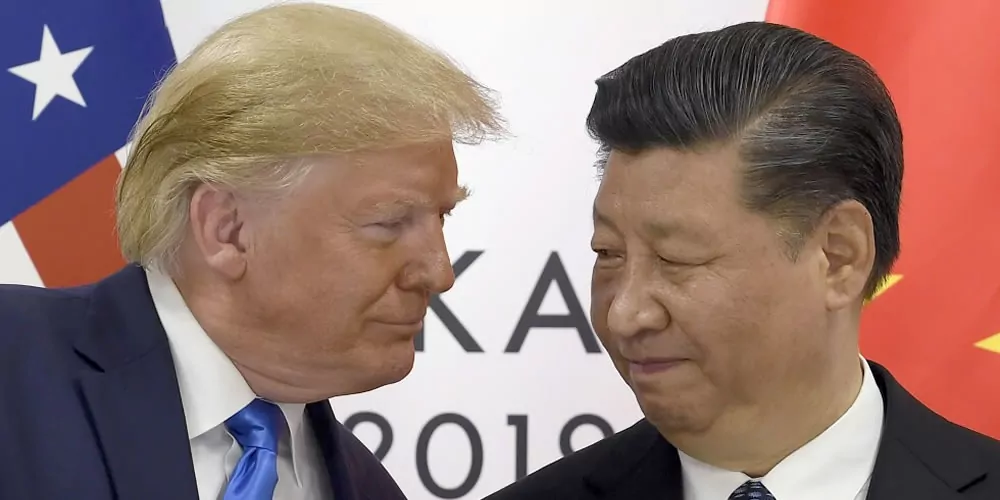
China’s Response: Retaliatory Measures
Predictably, China has responded to the escalating US tariffs with its own retaliatory measures. Mirroring the US reciprocal tariff, China announced its own 34% tariff on all imports from the United States, scheduled to take effect on April 10, 20255. This follows earlier retaliatory actions taken by China in 2025, which included imposing tariffs on key US exports like coal, liquefied natural gas, crude oil, agricultural machinery, and certain automobiles6. Beyond tariffs, China has also reportedly tightened export controls on strategic materials like rare earths, initiated antitrust investigations into prominent US tech companies like Google, and added some US firms to its “unreliable entities list.”
Ripple Effects: Impact on the US Vape Market and Consumers
A tariff increase of this magnitude is poised to send significant shockwaves through the US vape market.
- Price Increases: The most direct consequence is likely to be higher prices for consumers. With the vast majority of vape hardware manufactured in China, the 79% tariff directly increases the landed cost for US importers and distributors. These costs are widely expected to be passed down the supply chain, ultimately resulting in more expensive products on retail shelves.
- Business Costs & Supply Chains: Importers, wholesalers, and retailers will face substantially higher operating costs and potential cash flow challenges due to the hefty upfront tariff payments. This could lead to inventory adjustments and disruptions in established supply chains.
- Illicit Market Risks: Significant price hikes in the legal market could inadvertently drive some price-sensitive consumers towards unregulated, illicit market channels seeking cheaper alternatives, posing potential safety risks.
- Sourcing & Manufacturing Shifts: Businesses heavily reliant on Chinese manufacturing may intensify efforts to explore alternative sourcing locations in other countries (like Vietnam or Malaysia). However, shifting production requires considerable time, investment, and logistical adjustments, and China’s dominance in electronics manufacturing remains a factor.
- Industry Viability: The cumulative financial pressure could negatively impact the viability of many US vape businesses, particularly smaller importers and retailers operating on thin margins. This could potentially lead to consolidation, job losses, and closures within the industry.
Navigating the Future: Uncertainty Remains
While the 79% rate reflects the current announced tariffs as of early April 2025, the US-China trade relationship remains highly dynamic and subject to further changes. There have been no specific announcements about future vape tariffs beyond the April 9th implementation, but the possibility of additional measures or adjustments cannot be ruled out. Businesses operating in this sector must remain vigilant, closely monitoring official communications from the USTR, Customs and Border Protection (CBP), and other relevant government bodies.
Ecigator is one of the well-known vape brands spun off from FM Technology Co., Ltd, it’s an ISO-certified disposable vape manufacturer for OEMs, ODMs, and OBM since 2010. The founder team comes from top firms with more than 10 years of experience in the vaping industry and has devoted thousands of hours to providing users with a better and better experience.
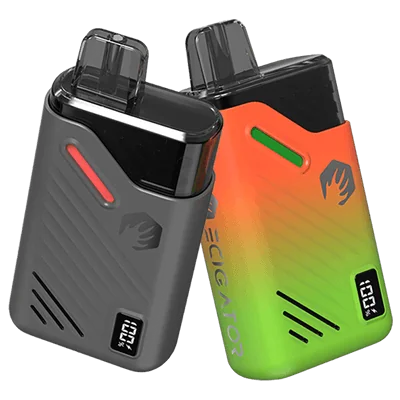
18K Disposable Pod Kit
Disposable Pod Kit – 18ml changeable pod with 650mAh rechargeable battery.
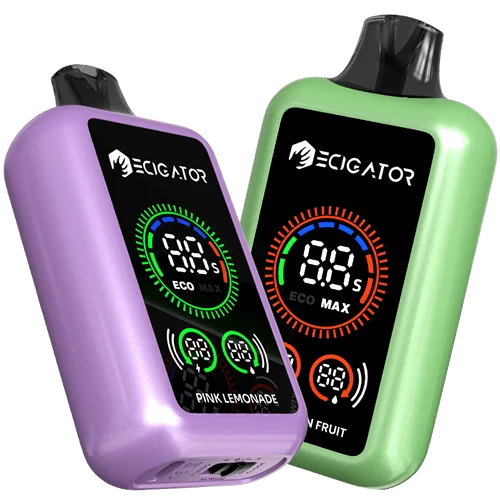
20K with Large Screen
20000 Puffs Disposable Vape with large screen. Normal and Boost working modes.
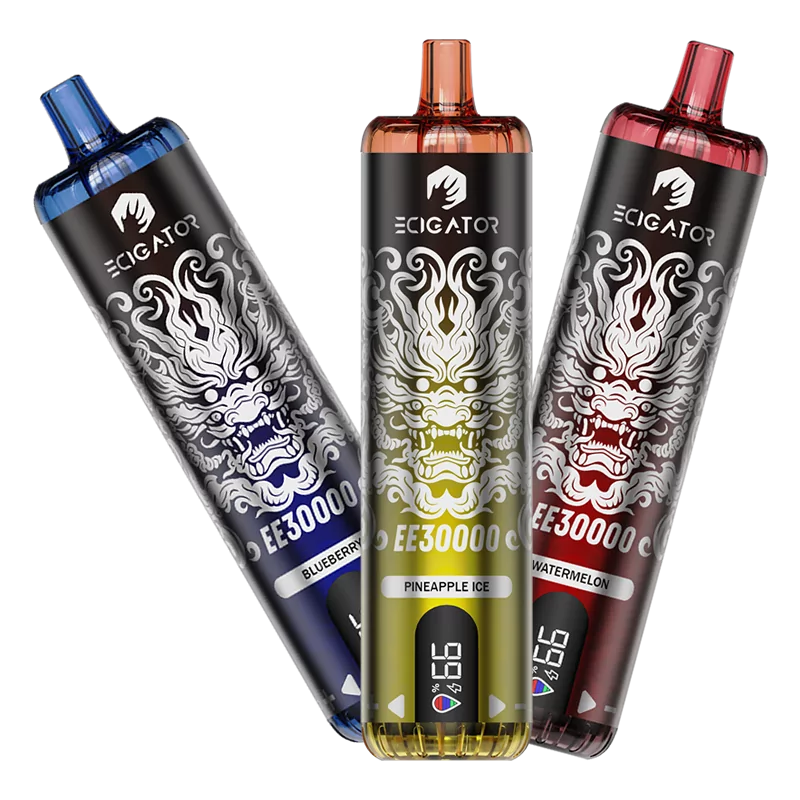
30K DTL Disposable
30K Puffs DTL(Directly to Lung) disposable vape with airflow control and screen.
Conclusion: Understanding the High Cost of Import
The year 2025 has witnessed a dramatic escalation in US tariffs on Chinese-made vape products, culminating in a formidable 79% cumulative rate effective April 9th. This rate stems from the combined application of Section 301, IEEPA, and newly imposed reciprocal tariffs. Coupled with the elimination of the de minimis exemption for small shipments and met with Chinese retaliation, these measures create a challenging and costly environment for the US vape industry. Higher consumer prices, increased business costs, and potential market disruptions are likely outcomes. Successfully navigating this complex landscape requires staying thoroughly informed and adapting business strategies accordingly.
References:
- A Guide to China’s Section 301 Tariffs (2025 Update): https://usacustomsclearance.com/process/section-301-tariffs-a-comprehensive-guide/ ↩︎
- Fact Sheet: President Donald J. Trump Imposes Tariffs on Imports from Canada, Mexico and China: https://www.whitehouse.gov/fact-sheets/2025/02/fact-sheet-president-donald-j-trump-imposes-tariffs-on-imports-from-canada-mexico-and-china/ ↩︎
- Trump vows March 4 tariffs for Mexico, Canada, extra 10% for China over fentanyl: https://www.reuters.com/world/americas/trump-says-mexico-canada-tariffs-take-effect-march-4-2025-02-27/ ↩︎
- Regulating Imports with a Reciprocal Tariff to Rectify Trade Practices that Contribute to Large and Persistent Annual United States Goods Trade Deficits: https://www.whitehouse.gov/presidential-actions/2025/04/regulating-imports-with-a-reciprocal-tariff-to-rectify-trade-practices-that-contribute-to-large-and-persistent-annual-united-states-goods-trade-deficits/ ↩︎
- China slaps a 34% tax on all US imports in retaliation for Trump’s tariffs: https://apnews.com/article/china-tariff-trade-trump-earths-02cd23e913649f32985f075058e787c4 ↩︎
- China counters with tariffs on US products. It will also investigate Google: https://apnews.com/article/china-tariffs-us-trump-150fab3a44ec055845e47c82bde544c2 ↩︎
- Bestselling Vapes in UK After Disposable Ban: What to Stock 2025 - August 8, 2025
- Argentina Debates Stricter Vape Laws Amid Prohibition Failures - August 8, 2025
- Nigeria Advocacy Group Urged to Hike Tobacco & Vape Tax by 100% - August 8, 2025


